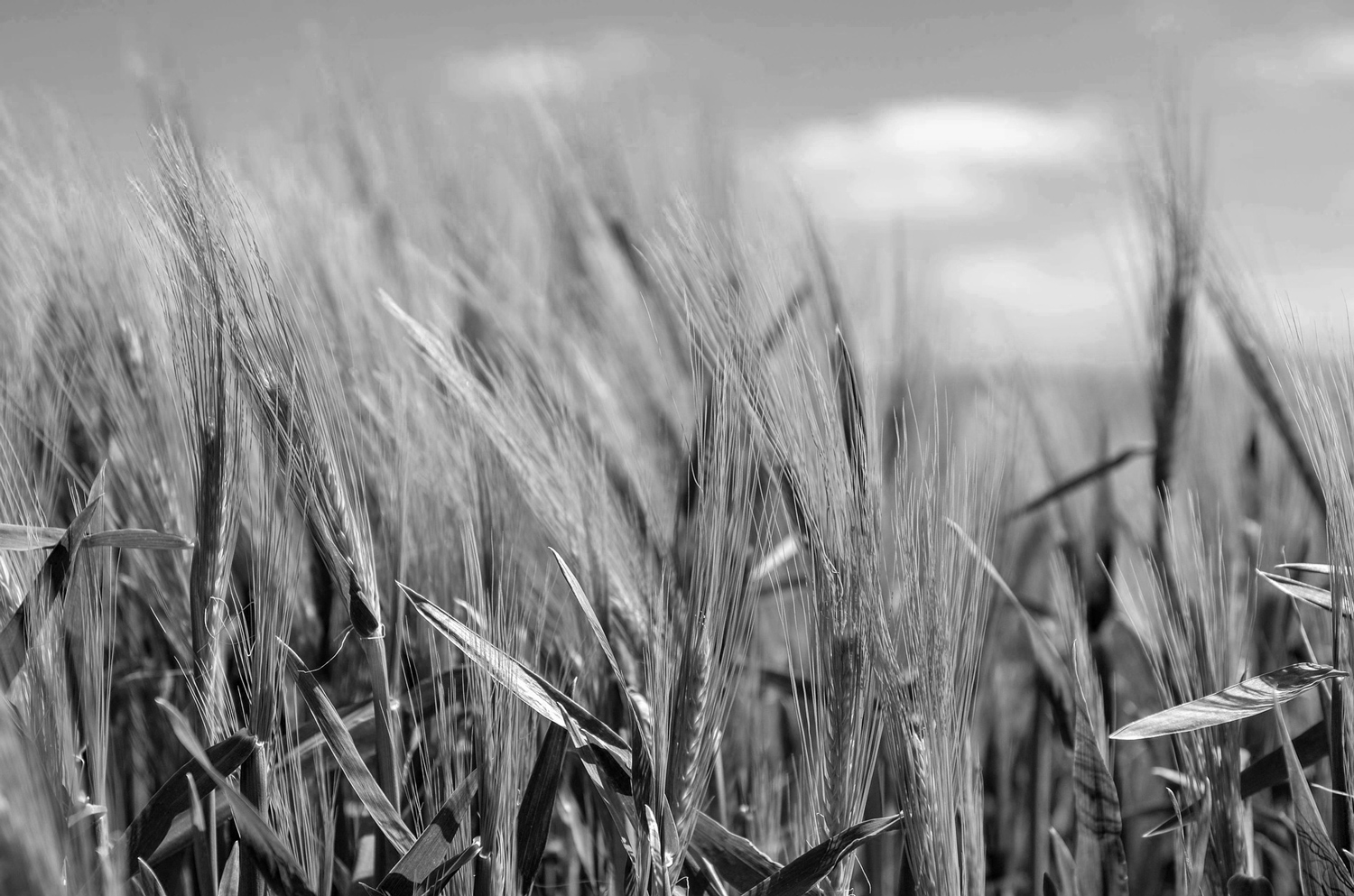By Alan Miller
Do you remember when checkbook accounting programs like Quicken® first became available? I liked them immediately compared to the farm account books many of my clients used for one simple reason — these programs made it easy to reconcile the cash receipts and expenditures recorded in the farm accounting records with the farm bank account. For many of my clients this represented a huge improvement in their cash accounting. Arguably no other single accounting procedure will do more to ensure the completeness of the cash farm records than reconciling book and bank accounts.
If this is not something that you do routinely, you need to learn how. I remember one farm where over $200,000 in farm sales managed to elude capture in the farmer’s books despite the farmer’s best efforts to check the completeness of the information. I used inventory check-sheets and other internal control procedures to try to spot missing sales, but they just weren’t precise enough to be effective. They were no substitute for reconciling the books with the bank statement every month. The fact of the matter was that the paper farm account book used by many of my clients just wasn’t designed to facilitate book and bank reconciliation.
Fortunately, times have changed and the accounting tools available for use on farms have improved mightily. But regardless of whether you still prefer the old-fashioned paper record or accounting software for your farm accounting, reconciling the bank statement with the books every month is critical for control of farm cash.
Alan Miller retired recently from Purdue University after serving 36 years as an Extension Specialist in Farm Business Management in Kentucky, Alabama, and Indiana. He has been a Certified Public Accountant since 1991. At Purdue he taught an undergraduate course for agriculture students titled “Accounting for Farm Business Planning.”


